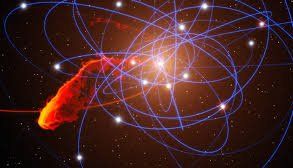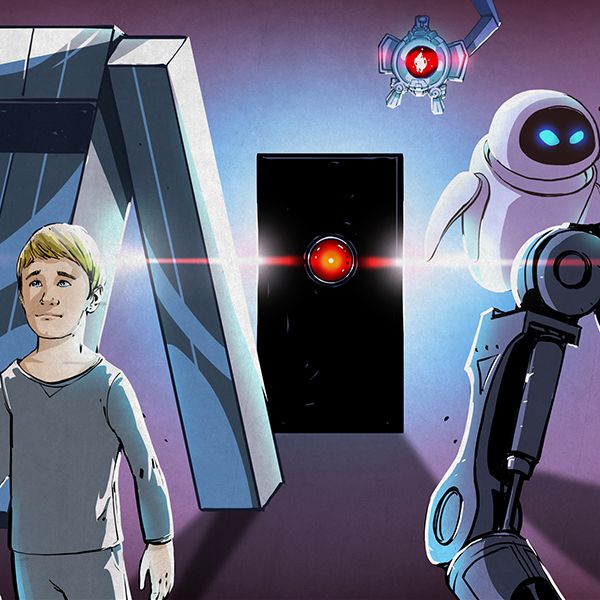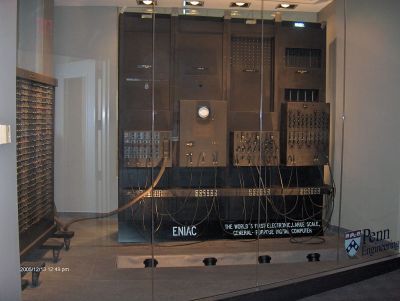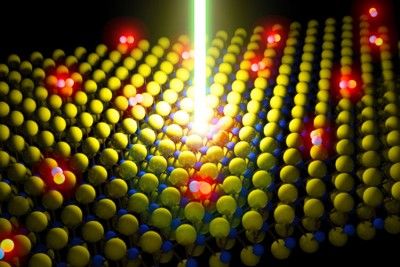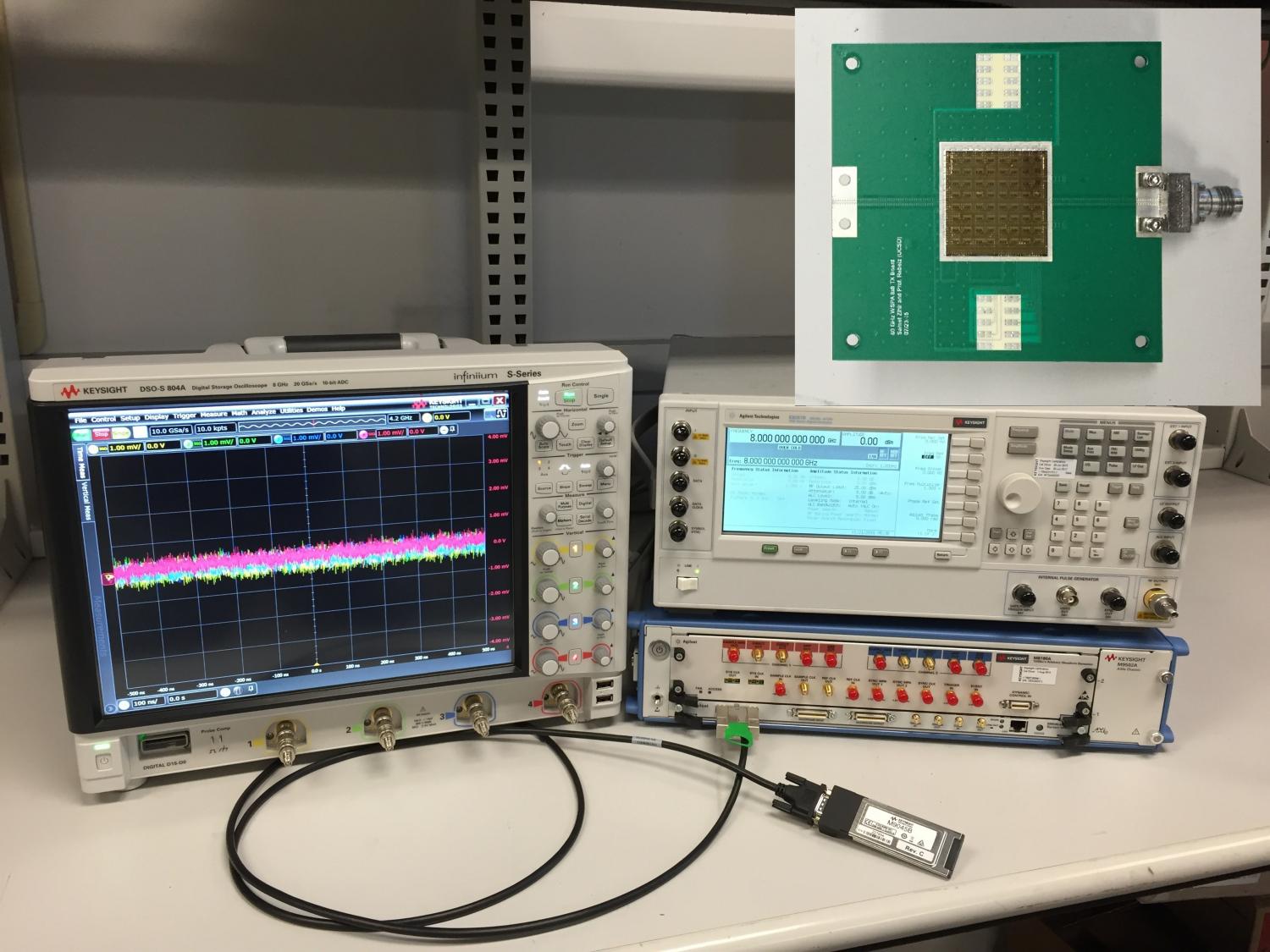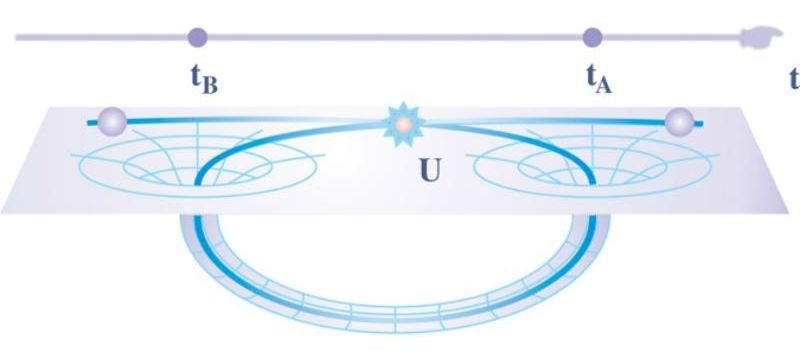Which mean for us?
Recently, quantum gates and quantum circuits have been found when portfolios of stocks were simulated in quantum computation processes, pointing out to the existence of a bizarre quantum code beneath the stock market transactions. The quantum code of the stock market might prove to have a more profound signification if is related to the recent finding of quantum codes at the deepest levels of our reality, such as quantum mechanics of black holes and the space-time of the universe. Could this mysterious stock market quantum code be a tiny fragment of a quantum code that our universe uses to create the physical reality?
John Preskill’s talk „Is spacetime a quantum error-correcting code?” held at the Center for Quantum Information and Control, University of New Mexico, and previously at Kavli Institute for Theoretical physics, may represent a turning point in physical research related to questioning the existence and evolution of our Universe. The essence of this talk may change forever our understanding of the Universe, shifting the perspective of physical research from masses and energies to codes of information theory.
John Preskill, professor at California Institute of Technology, is well known mostly for his remarkable developments of quantum computational models, more specifically topological quantum computing. Preskill’s lectures inspire a whole generation of brilliant physicists working on quantum computation. This experience in quantum computing may point out Dr. Preskill to knock at the Universe gates with the unique perspective of a quantum code reality.
